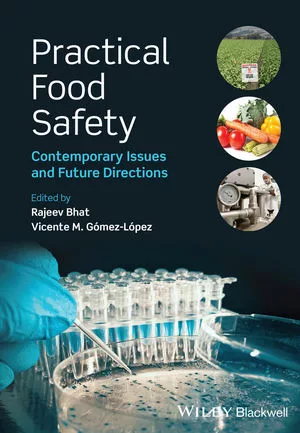FDA Issues Draft Guidance on Lead in Juice

The U.S. Food and Drug Administration (FDA) recently issued a draft guidance regarding action levels for lead in single-strength, ready-to-drink apple juice, as well as other juices and juice blends. FDA’s efforts to limit lead in juice supports the agency’s Closer to Zero action plan, which describes the FDA’s science-based approach to reducing exposure to toxic elements in foods.
The guidance, Action Levels for Lead in Juice; Draft Guidance for Industry, sets the action level for lead in apple juice at 10 parts per billion (ppb). This is lower than the action level for lead in other juices, which is 20 ppb, as apple juice is the most commonly consumed juice by young children and may contribute to lead exposure in children more than other juices. FDA prioritized lead in its guidance because it is linked to damaging effects on the developing brain. FDA estimates that a 10-ppb action level for lead in apple juice could reduce children’s lead exposure from apple juice by 46 percent. For all other juices, FDA estimates that a 20-ppb action level will reduce children’s lead exposure from juice by 19 percent.
FDA states that, because lead’s presence in the environment is natural, it is not possible to remove it entirely from the food supply. However, FDA believes that the action levels set forth in the draft guidance will help limit consumers’ exposure to lead. The agency notes that action levels have, historically, promoted the implementation of measures to further reduce the level of a toxic element in specific foods. FDA also expects to provide draft guidance on action levels for lead in foods intended for babies and young children later this year.
FDA is accepting comments on the draft guidance, which can be submitted at www.regulations.gov to docket number FDA-2019-D-5609. Comments should be submitted within 60 days of the draft guidance’s publication in the Federal Register.
Looking for quick answers on food safety topics?
Try Ask FSM, our new smart AI search tool.
Ask FSM →








